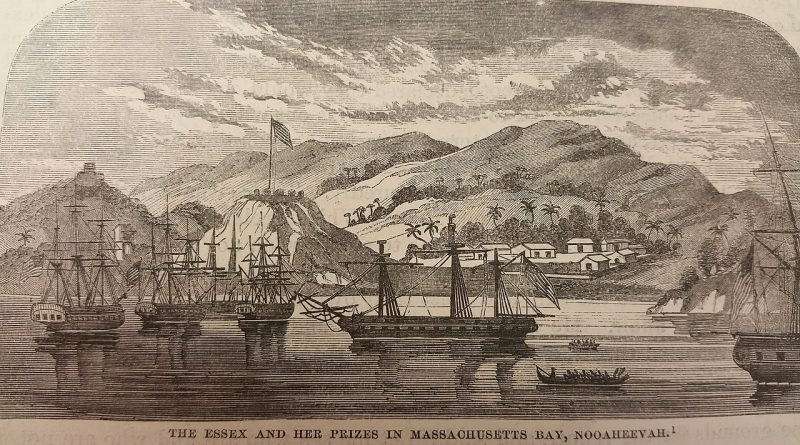August 13 in U.S. military history
1812: (Featured image) Near Bermuda, the frigate USS Essex fires a devastating broadside at the British sloop HMS Alert. In just eight minutes, Capt. John Porter has captured the first warship of War of 1812. He permits Capt. T.L.P. Laugharne to sail to Newfoundland to unload his crew, then surrender Alert to the Americans at New York.
1918: Opha May Johnson takes the oath of enlistment, becoming the first female to enlist in the Marine Corps. After boot camp, Pvt. Johnson and 300 other females take office jobs and assist nurses, freeing the men they replace for front line duty.
1942: Maj. Gen. Eugene Raybold, commander of the U.S. Army Corps of Engineers, authorizes the first construction projects for the Development of Substitute Materials. Col. Leslie Groves, who will soon be named director, feels the title would draw too much attention and renames it to the Manhattan Project – the top-secret atomic weapons development program.
1952: During the Battle of Bunker Hill, Navy Corpsman John E. Kilmer ignores intense mortar, artillery, and sniper fire, moving from one wounded Marine to another and providing medical assistance. Although Kilmer himself is wounded by an enemy mortar fragment, he pulls himself to the next casualty. When an enemy barrage hammers his position, Kilmer covers the Marine with his body, and is mortally wounded. For his selfless actions, he is posthumously awarded the Medal of Honor.
1961: At midnight, East German troops close off the streets between Soviet and Western areas of Berlin. Crews begin tearing up the roads and installing barricades on this day, which was called Stacheldrahtsonntag — Barbed Wire Sunday. Soon, a “Berlin Wall” consisting of concrete walls, guard towers, dogs, and anti-vehicular emplacements will surround the city, keeping socialism in and democracy out.
